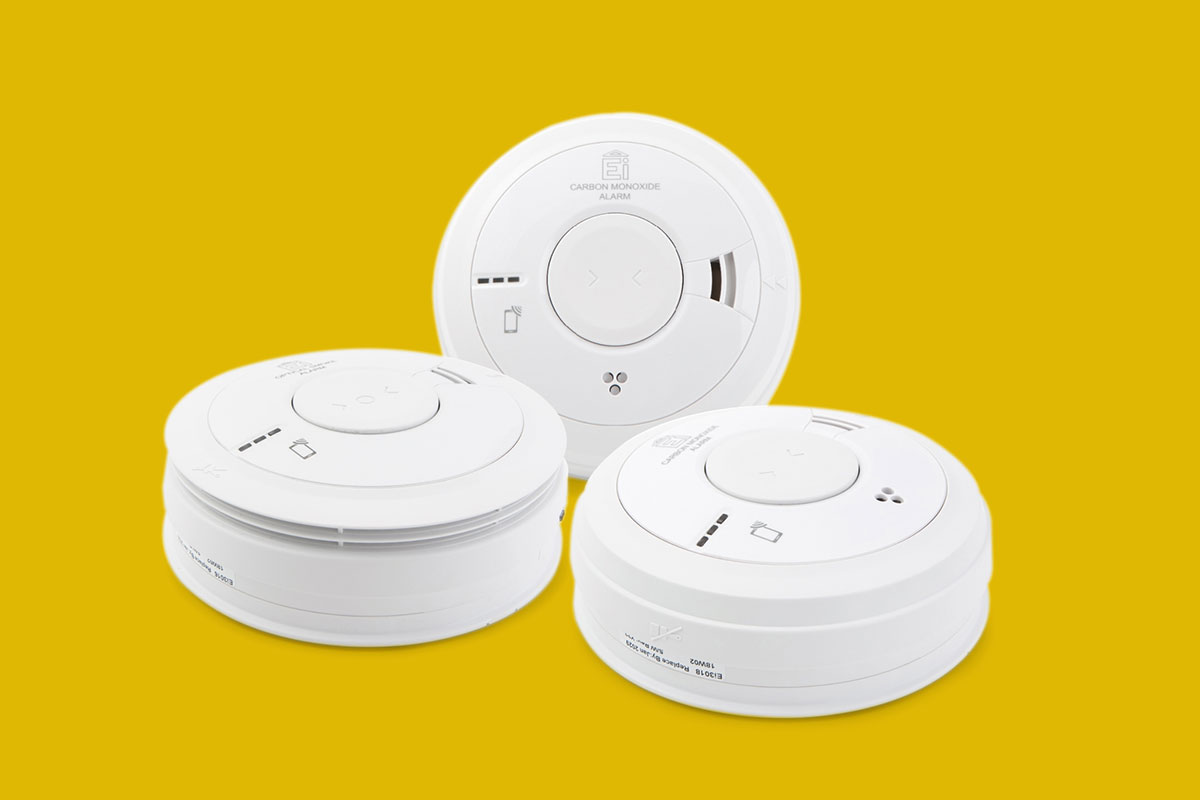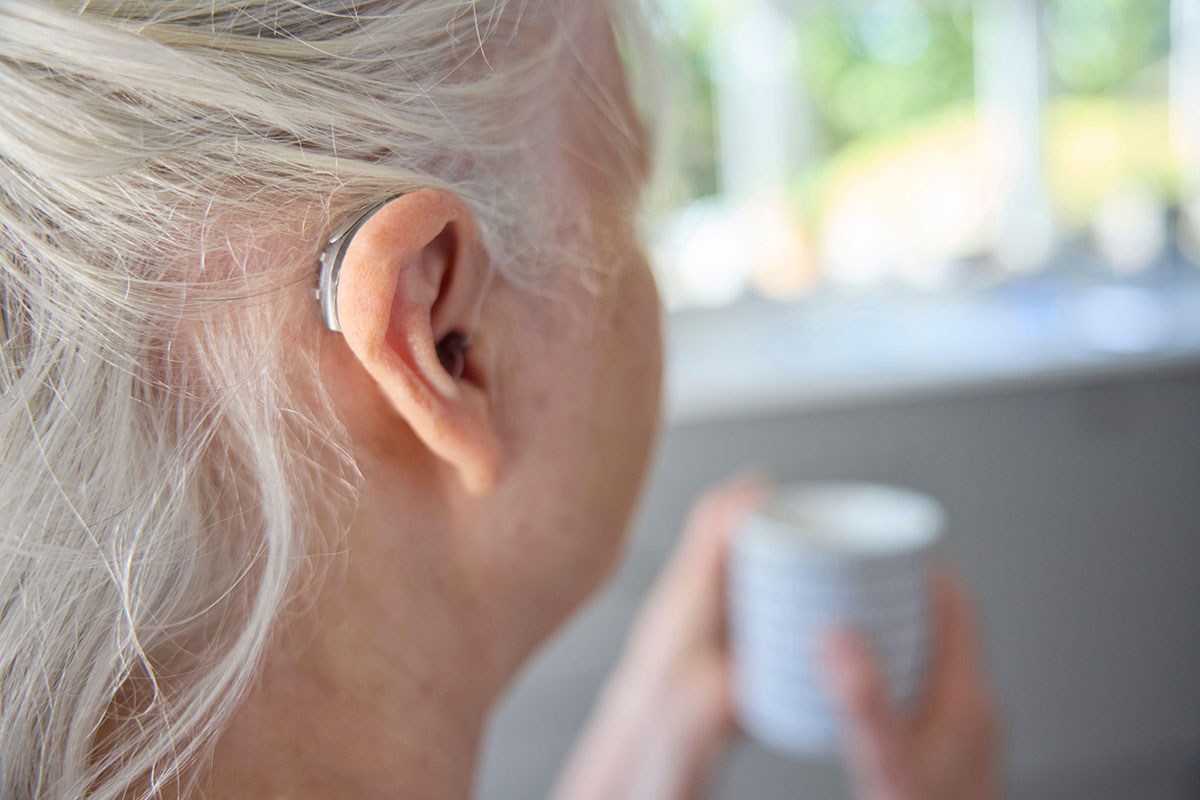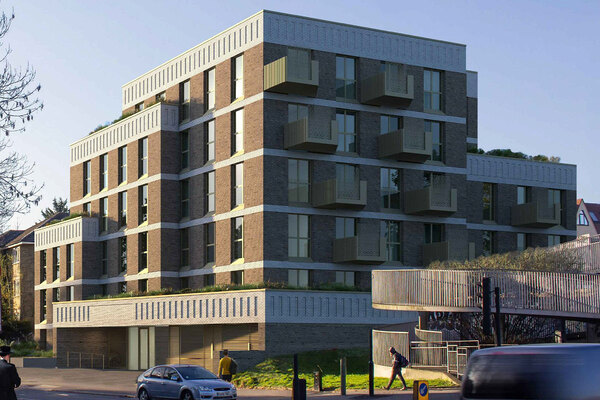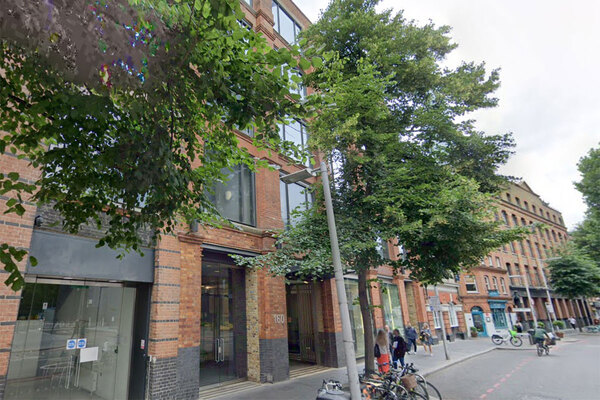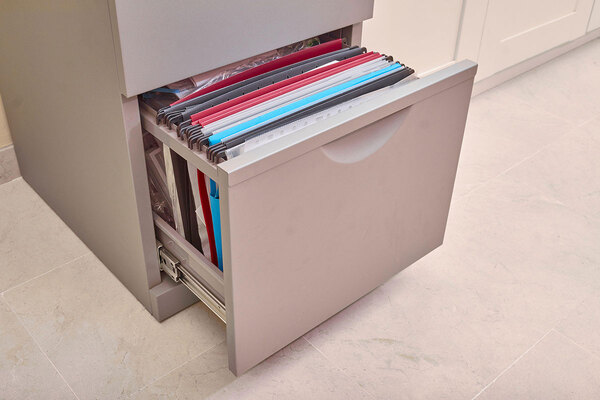Why it is vital to remember the importance of working CO alarms
To keep residents safe, and to stay in line with new regulations, social landlords need to know they have working carbon monoxide alarms in the right places. Andy Speake at Aico explains how they can do this

In association with:

Around this time last year, new gas safety regulations came into force intended to make rental accommodation safer for tenants.
All landlords are now required to install carbon monoxide (CO) detectors in every habitable room in any home that uses gas appliances. But despite this tightening of the rules, it seems the system may still have a few leaks.
In fact, the Regulator of Social Housing (RSH) recently noted a rise in the number of gas safety breaches within the sector.
“We thought gas safety had been cracked,” said Fiona MacGregor, chief executive at the RSH.
What might explain this uptick? And what else can social landlords do to keep residents safe in their own homes? Inside Housing spoke to Andy Speake, national technical manager at fire safety specialist Aico, to find out.
What do you think might explain this increase in the number of gas safety breaches?
There are several possibilities. One could be a lack of data, or a lack of record-keeping.
It’s quite a common trend within the housing industry that housing associations merge with other organisations, or are taken over. Sometimes data and record-keeping can be a casualty of that process. So that could be one explanation.
But even without a merger or takeover, if records aren’t kept, then potentially, even with the best will in the world, landlords are in the dark. They will want to try and meet [their responsibilities], but they’re not too sure when the last time a gas appliance was serviced or whether their properties have CO alarms where they should be. So that could be one possible reason.
What should landlords do to address this?
Record-keeping is at the core. There should be documentation around everything – certainly with gas servicing, that should be a given.
But just having a record is one thing; making sure you can easily access it and report on that data is another thing entirely.
There are many different data software solutions available for that problem. I know a lot of providers will use their own housing management system – but they all differ as to what information they capture and how well it’s captured.
To help this, our products, such as alarms, are automated so a landlord can see where they are
installed and when they were last tested.
Going beyond the regulations, what else can landlords do to ensure their residents are safe from CO?
The minimum requirements as set out in legislation, in regulations, are often at a lower level to what is requested by standards, codes and best practice documents.
My advice has always been to do what the standards say. You can’t go wrong then; you will never have a situation where you’re struggling to meet the minimum requirements.
Good record-keeping, as I’ve already mentioned, is key. And investing in modern CO-detecting technology can make their lives easier and take some of the pressure off, because the products will automatically keep them up to date.
How has this kind of technology progressed in recent years?
CO alarms have improved massively over the years that they have been available. Most manufacturers now use an electrochemical sensor that can detect the proportion of CO in the air. They are really accurate. Not only can we see whether CO is present or not, we can see exactly how many parts per million of CO is present, and then it will alarm based on the period of time.
So a high concentration of CO will trigger the alarm in a shorter period of maybe two or three minutes, whereas a lower level could take up to 90 minutes or longer before it starts to alarm. And they’re collecting data, too.
What kind of useful data can these devices collect? What else can they do?
They can inform in all sorts of areas. Most basically, it will tell you that there is a physical device there, that
it is functioning and how long it has been there.
If it isn’t working or switched on for whatever reason, it will tell you that, too – if an alarm has been deactivated by being removed from its baseplate, for example.
If they go into an alarm state, these devices can tell landlords what level of CO is present in the air. And they can send a notification to a neighbour or family member, as a text message, email or push notification. They can warn if their battery is low, and even if they’re contaminated with dust and need a vacuum.
How important is communication with residents when it comes to gas safety? What messages should landlords give out?
Education is so important. With CO alarms, occupants will often hear an alarm, but because they don’t see a fire, they assume it’s a nuisance alarm – and they will remove the alarm from its baseplate to disengage it.
We’ve seen this ourselves through the data. So understanding is massive – because if the alarm is going off, then the chances are carbon monoxide is present. In terms of messaging, I’d say never treat a CO alarm activation as a false alarm.
Always treat it like a real alarm. Just because you can’t see carbon monoxide, smell it or taste it, it doesn’t mean it’s not there – the alarm is going off for a reason. So open windows, open doors, turn off any fuel-burning appliances, and contact the gas emergency line on 0800 111 999. That’s what I would suggest doing straight away.
How can landlords ensure that residents know the difference between fire and CO alarms?
These alarms have different sound patterns; same outputs, a similar tone, but a different pattern.
As I work in the industry, I’m well aware of this – but a lot of people will not know the difference between CO and smoke alarms. It’s another good reason to urge people to test their alarms.
It’s not just a case of making sure the alarms are working – it also ensures that the occupants understand the difference between the sounds.
How often should residents check their CO alarms?
Historically, we used to recommend weekly checks, but we do realise that this was probably too difficult a target for most occupants to meet.
This advice has now been relaxed; we now recommend monthly testing – both for CO alarms
and smoke alarms.
The most important point, however, is regular testing. Whether they are tested weekly or monthly is less important – just make sure they are tested regularly.
